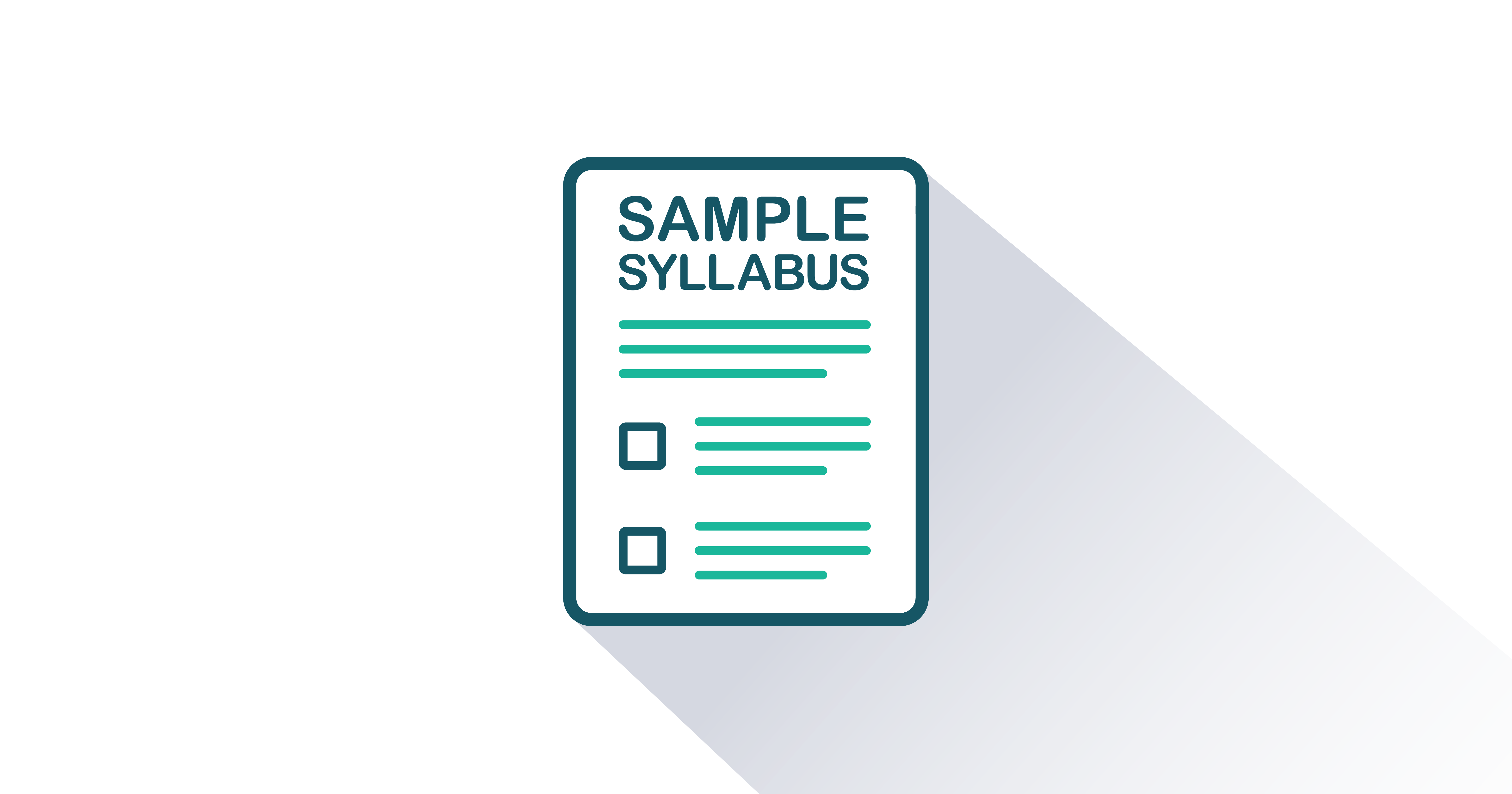Principles of Macroeconomics



Version 10.0
By John B. Taylor and Akila Weerapana
Included Supplements
Key Features
- Over 115 hyperlinks to brief streaming video lectures scripted and recorded by John Taylor. These videos align with the narrative to introduce, explain, and illustrate key economic concepts. They enrich online courses, engage students, and reinforce or augment many of the presented topics
- Stimulating vignettes begin each chapter and resonate with readers
- Crisp, clean, and conversational writing style holds students' interest
- Quickly establishes clear understandings of fundamental topics such as competitive markets, equilibrium and market efficiency, and the policy implications of business cycles
- Clear and well-crafted graphs, tables, and summaries make it easy to read and understand key data
- Many graphs are hyperlinked to the underlying Federal Reserve Economic Data (FRED) source. Students can become familiar with manipulating data and easily link to the most updated data for each graph
- Chapter-end reading assignments based on real-life cases are contemporary and compelling
- Carefully selected, revised, and tested problems at the end of every chapter are grounded in real-world situations
- Key Term definitions appear in the margins and are hyperlinked online
- Customizable
Students
- Online Access Price
- $36.95 ($53.21 CAD)
- Color Printed Textbook with Online Access Price
- $63.95 ($92.09 CAD)
Principles of Macroeconomics is suitable for introductory macroeconomics courses usually called principles of macroeconomics, macroeconomics principles, introductory macroeconomics, or similar titles, taught primarily at the undergraduate level at two- and four-year colleges and universities. The course may also be taught at the MBA level. This volume split encompasses only macroeconomics chapters and is typically used in a semester- or quarter-long course. Separate volumes of this book titled Principles of Economics (covering both microeconomics and macroeconomics) and Principles of Microeconomics are also available.
Principles of Macroeconomics is co-written by two master teachers, one of whom is a globally recognized policy expert and eminent scholar. This highly regarded textbook features a remarkably accessible presentation grounded in the central idea of economics: that people make purposeful choices with scarce resources and interact with others when they make these choices. This text provides engagingly simple and precise descriptions of why markets are efficient when the incentives are right and inefficient when the incentives are wrong. In addition to their impeccable credentials, both authors possess recent and extensive classroom-based experiences. Their many interactions with today’s learners give rise to authentic, real-world examples that enliven the book’s narrative and readily connect with students.
New in This Version
- All macroeconomic data and charts have been updated to at least the end of 2022, and in some cases to the first quarter of 2023
- Captures the ongoing resolution of uncertainty generated by the peak of the COVID-19 global pandemic. Places the pandemic into proper context of several other key macroeconomic disruptions to the U.S. and global economies over the past fifty years
- The previous version’s Chapter 17 on global economic growth is now Chapter 10 to more logically follow Chapter 9 on productivity and economic growth
- Fully revamped discussion of how the Federal Reserve conducts monetary policy. Instead of focusing on bank-by-bank deposit expansion, the chapter now discusses how the Fed uses the interest rate on reserve balances to move the federal funds rate to its desired target rate (Chapter 11)
- Presents an analysis of the return of high inflation to the U.S. economy in 2021 and 2022 using the economic fluctuations model. Illustrates how policy responses to the pandemic, and the pandemic itself, could have contributed to the subsequent rise in inflation (Chapter 14)
- Updated discussion of the different fiscal interventions that recent presidential administrations put in place to help the economy recover from the pandemic-related shutdowns and disruptions (Chapter 15)
- De-emphasizes the discussion of money demand. Focuses instead on how the Fed used QE during the pandemic. Describes the challenges the Fed faced post-pandemic unwinding those interventions, reducing the size of its balance sheet, and raising the federal funds rate well above zero to address inflation (Chapter 16)
- About the Authors
- Acknowledgments
- Preface
-
Chapter 1: The Central Idea
-
Chapter 2: Observing and Explaining the Economy
-
Chapter 3: The Supply and Demand Model
-
Chapter 4: Subtleties of the Supply and Demand Model
-
Chapter 5: Macroeconomics: The Big Picture
-
Chapter 6: Measuring the Production, Income, and Spending of Nations
-
Chapter 7: The Spending Allocation Model
-
Chapter 8: Unemployment and Employment
-
Chapter 9: Productivity and Economic Growth
-
Chapter 10: Economic Growth around the World
-
Chapter 11: Money and Inflation
-
Chapter 12: The Nature and Causes of Economic Fluctuations
-
Chapter 13: The Economic Fluctuations Model
-
Chapter 14: Using the Economic Fluctuations Model
-
Chapter 15: Fiscal Policy
-
Chapter 16: Monetary Policy
-
Chapter 17: Capital and Financial Markets
-
Chapter 18: International Trade
-
Chapter 19: International Finance

FlatWorld Homework
FlatWorld Homework includes multi-format questions written specifically for your FlatWorld book, which you can access through our stand-alone interface or integrate with your learning management system.

Instructor’s Manual
The Instructor’s Manual guides you through the main concepts of each chapter and important elements such as learning objectives, key terms, and key takeaways. Can include answers to chapter exercises, group activity suggestions, and discussion questions.

PowerPoint Lecture Notes
A PowerPoint presentation highlighting key learning objectives and the main concepts for each chapter are available for you to use in your classroom. You can either cut and paste sections or use the presentation as a whole.

Test Generator - powered by Cognero
FlatWorld has partnered with Cognero, a leading online assessment system, that allows you to create printable tests from FlatWorld provided content.

Test Bank Files for Import to Learning Management Systems
For your convenience, we've packaged our test items for easy import into Learning Management Systems like Blackboard, Brightspace/D2L, Canvas, Moodle, or Respondus.

Test Item File
Need assistance in supplementing your quizzes and tests? Our test-item files (in Word format) contain many multiple-choice, fill-in-the-blank, and short-answer questions.

Sample Syllabi
Sample syllabi provide useful templates to help new faculty adopters revise their teaching plans to match their assigned FlatWorld textbook or lend insights to existing adopters on how to organize their classes.
DownloadAt FlatWorld, we take pride in providing a range of high-quality supplements alongside our titles, to help instructors teach effectively. Supplements are available for instructors who have registered their adoption with us. If you need to review or preview something specific, please contact us.
Already registered? Sign in here.
